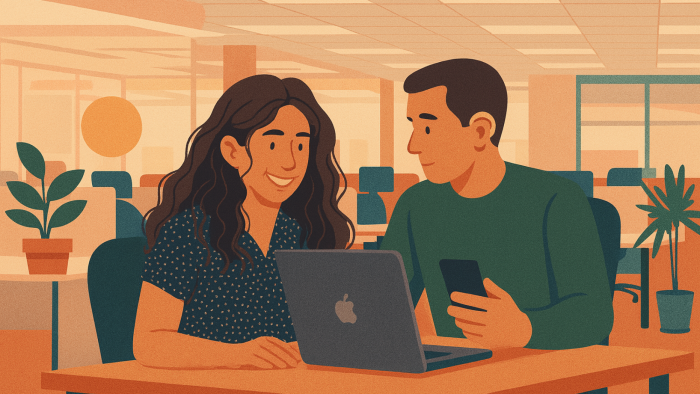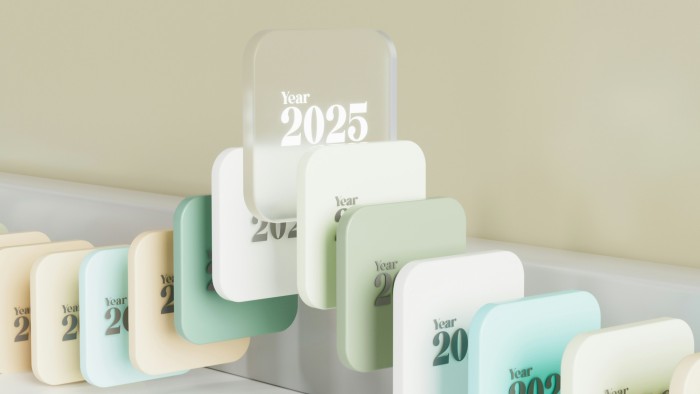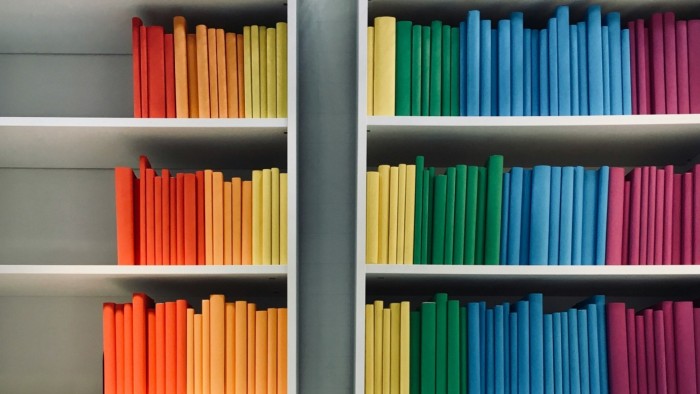Creating visuals with Artificial Intelligence. That’s Art(ificial) Intelligence!
Every week, a new article comes out about artificial intelligence and its use. But how does it work? Why is its use controversial?
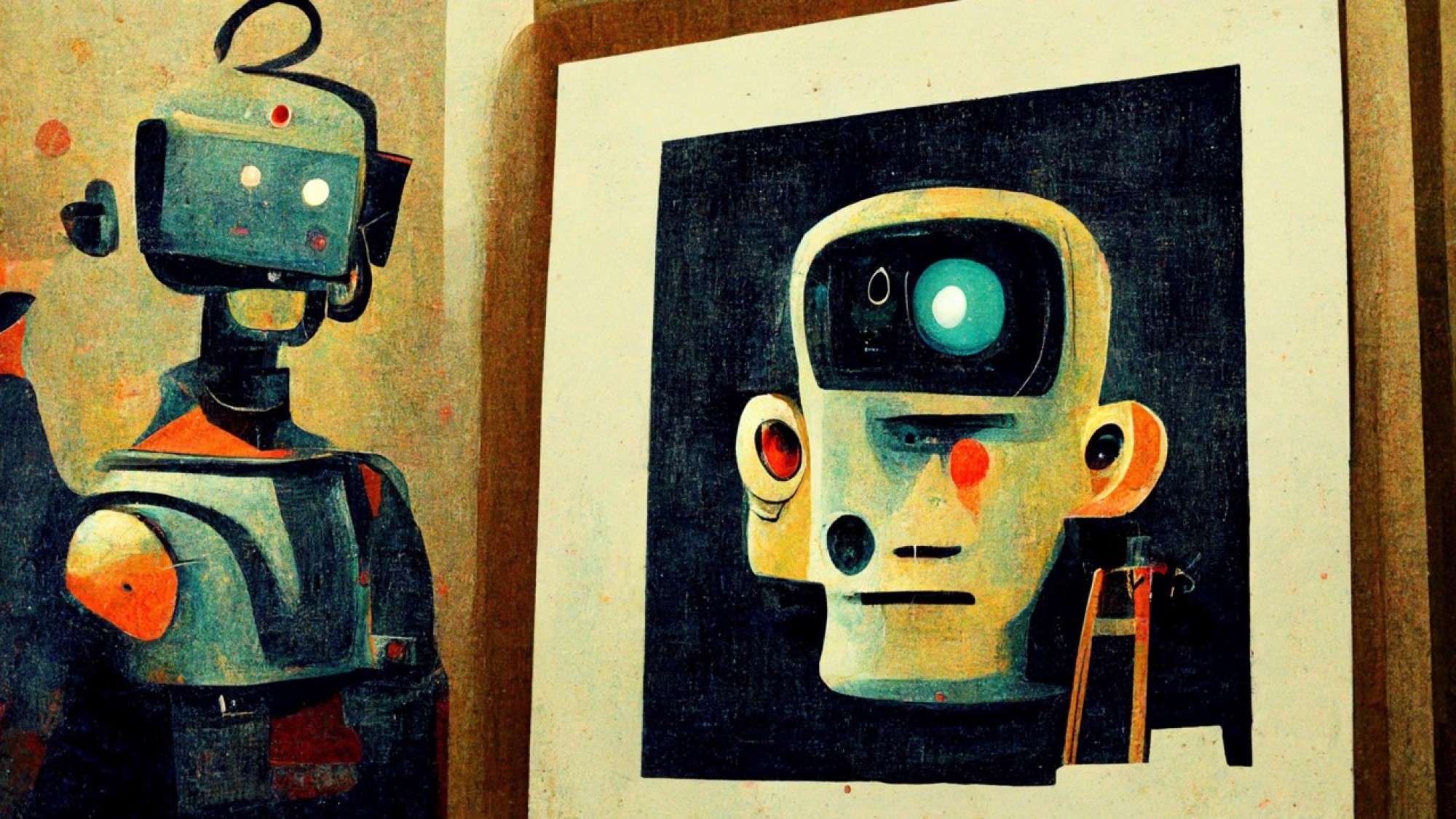
Recently, Jason Allen, founder of a video game design company, participated to the Colorado State Fair. His work, "Théâtre D'opéra Spatial" was so successful that he won the competition in the digitally manipulated photography category. Allen only later revealed that he had used artificial intelligence to create his artwork, creating a scandal in the art community.
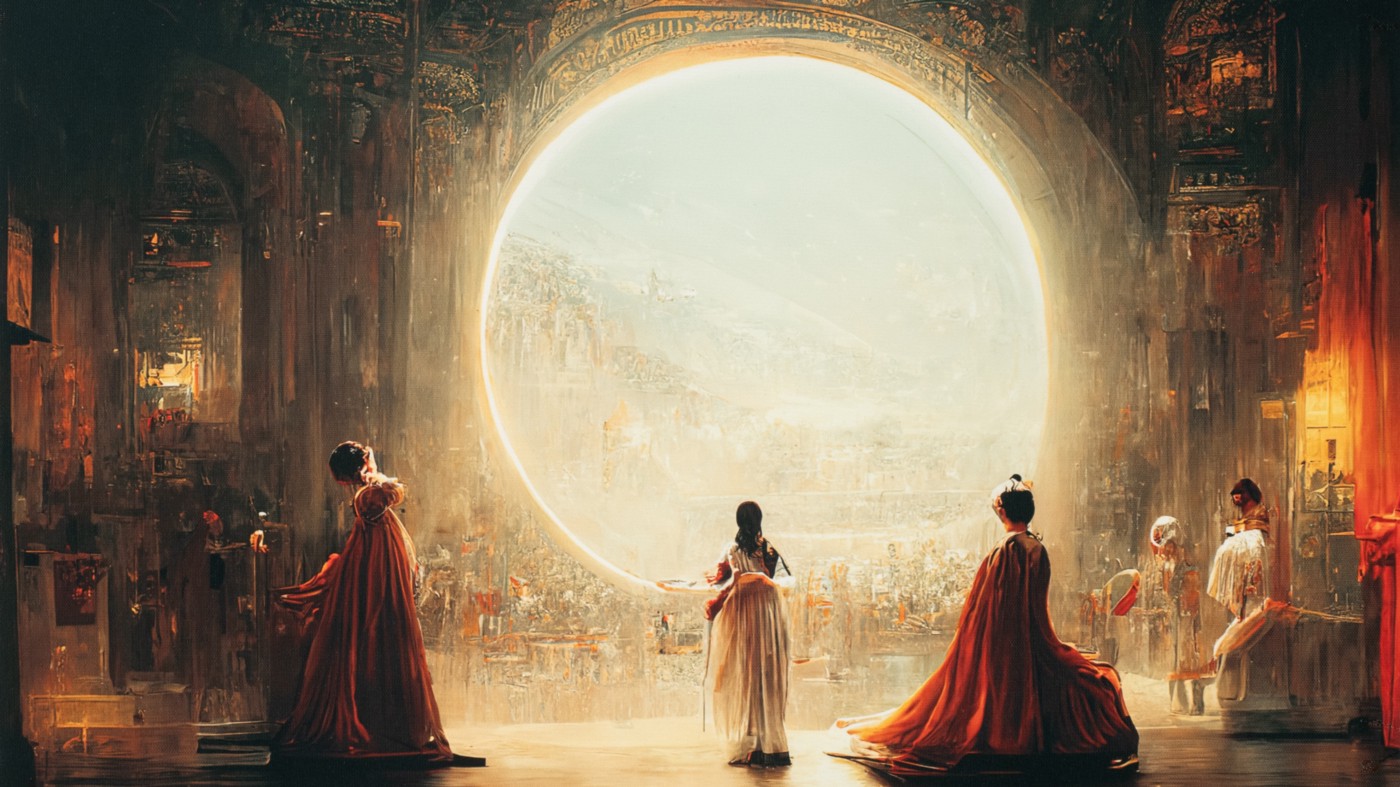
How does AI generate images?
DALL-E, Crayion, Midjourney, Dream, Stable Diffusion are AIs designed to generate images according to a "prompt", a textual instruction from the user. In this instruction, you write sentences or keywords describing with more or less precision the image that you mentally imagine. The AI, which has been trained on millions of images, will analyze this text to draw inspiration from what it has "seen" and therefore propose some results. These results can vary depending on the AI's database and we can end up with very different results.
a tree overlooking a forest in the mountains, general view, renaissance style

Face to face, Midjourney and Crayion both understood that I wanted a general shot (less so for Crayion on some iterations) composed of a tree overlooking a forest in a mountainous environment. Midjourney considered the style I imposed, DALL-E and Crayion did not. This is where we discover how the AI was trained.
Another example, even more complex:
Batman::0.5, Portrait, Large and imposing figure, Black Armor, Cinematic lighting, Volumetric lighting, Epic composition, Photorealism, Bokeh blur::1, Very high detail, ISO1900, Character design, Unreal Engine, Octane render, HDR, Subsurface scattering
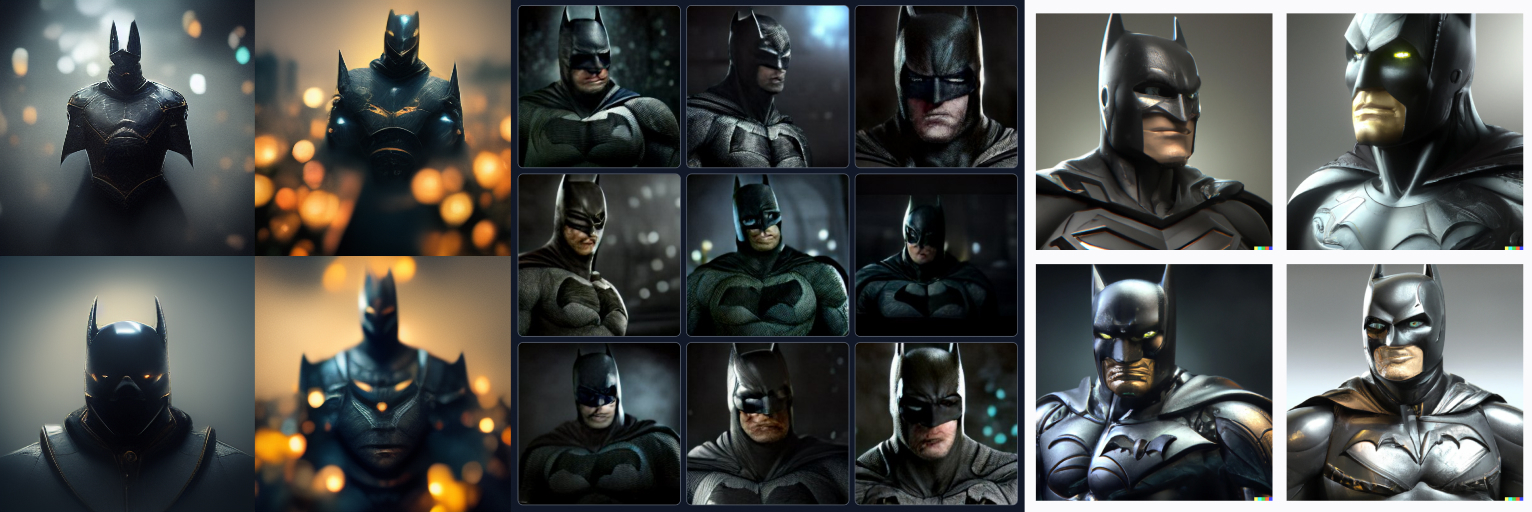
Two opposite directions. Crayion is a good student, a portrait of Batman whose costume is quite detailed as well as his expression on a blurred background... it offers results I was expecting. DALL-E2 is also a good student, meeting my criteria with accuracy.
Midjourney gives a variety much more in line with my request, taking into account every element of my request. The latter will even include the importance ratios indicated after the "::" mark.
And, if we deepen the research by training the AI with its own variations, we increase in precision in the rendering of the image and there... Its suggestions surpass by far the others by proposing solid material to be used! Nothing would prevent us from exploiting this base for illustration!
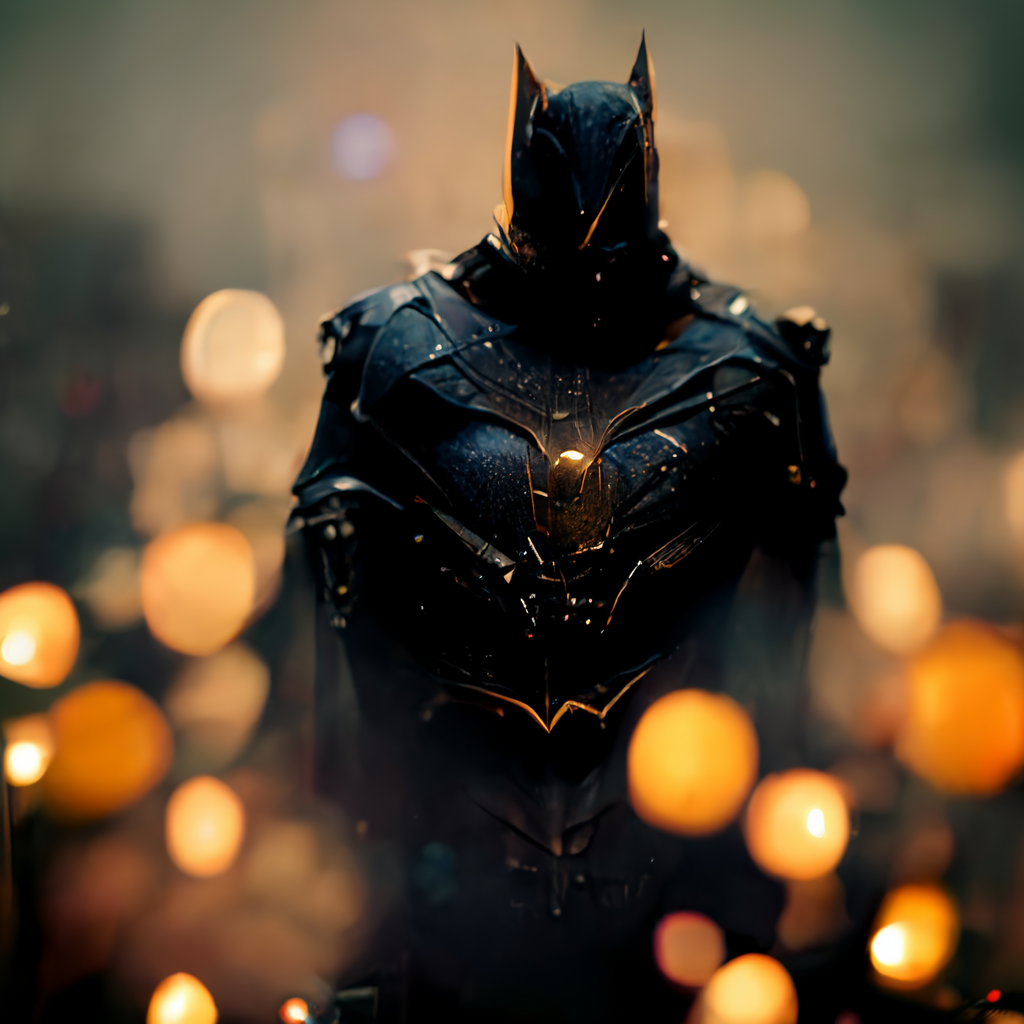
Running several tests, I notice that DALL-E2 can do better, as in the example below.
A panda mad scientist mixing chemicals, digital art

Even though the sources available to train AIs most likely intersect, each artificial intelligence is trained differently and generates what it has learned in its own way, hence the different results.
What about using AI for art?
Plagiarism, easy solution, impersonal... Many creatives criticize the use of AI in the conception of artworks. As I write this article, its use is being criticized. After the latest scandal at the Colorado State Fair, some artist community platforms are totally or partially banning the publication of pieces made with artificial intelligence. Others are starting to create a separate category, which is probably the most flexible solution. Behind their statements, a fear has taken hold, that of being replaced by machines, of being defeated by them, whereas art belongs to humans.
"We're just pushing a button.”
Does this remind you of anything? In the beginning, photography was not considered as an art, because we only pressed a button... Today, we consider that it is the human being who decided to take the photo at a certain place with a certain light, a certain composition and a certain subject in order to fulfill his intention. It then became art.
In the process of using an artificial intelligence, the creative will have to think about his/her intention, then write a coherent instruction, develop it and refine it until he/she gets an image that he/she will use totally or partially according to his/her judgment. Personally, I see this as a similar process to any creative spending time on Pinterest, in museums or even in the wilderness looking for inspiration or patterns to meet their initial intent.
Maybe it's because of the latest technological leaps, but it's only recently that some creators are fully embracing the integration of artificial intelligence into their creative processes. Ursala V., an illustrator, explains that she experimented with Midjourney, and also a bit of DALL-E, to design a comic book (fully accessible on her Twitter). She expresses both the complications she faced - having to repeat her experiments month after month - as well as her positive opinions towards AI.
Would this whole thing be better if I’d hand-drawn it? I mean, maybe, but it’s a moot point because I wouldn’t have done it. I am fundamentally lazy - Ursala V.

How far could we go with image-specific AI?
The use of modern artificial intelligence offers new perspectives that were previously very experimental or random. Graphic designers use advanced automatic clipping tools, photographers have intelligent image correction tools, screenwriters create intent boards based on their scenarios or even the police can create a headshot more easily! Everyday uses are growing and evolving all the time.
Of course, its use has its share of abuses such as the falsification of documents or information, identity theft, so-called "negative" creations intended to fuel controversy or presenting a character contrary to good morals. Today, no restrictions apply and communities are overwhelmed by content that is difficult to distinguish from the real thing. Will we move towards legal restrictions?
So, why not take the help of an AI?
To create what we ask of them, artificial intelligence must learn from artists and real-life image-makers. They must therefore feed on what exists. Problems of copyright and legitimacy of the existence of image creators arise in addition to the fear of being replaced by them.
However, being inspired by what surrounds us and by others is part of a creative's daily life. Our brain acts like a big database with all its references that we build and deconstruct. Artificial intelligence does the same, but faster, and maybe even better. All this with the aim of helping the person who submits requirements to AI.
Keep in mind: AI doesn't have the last word, the creator does.
